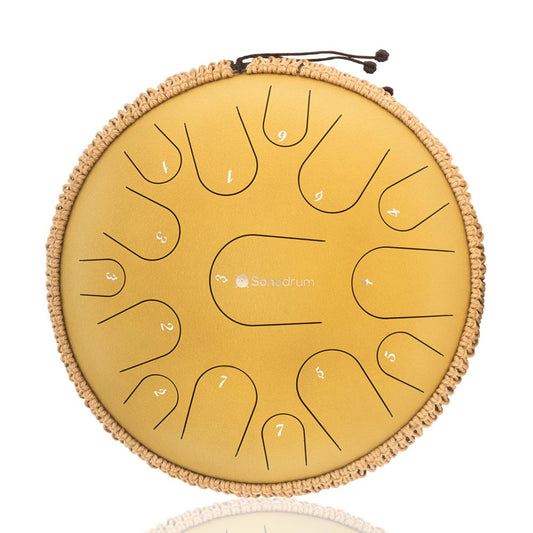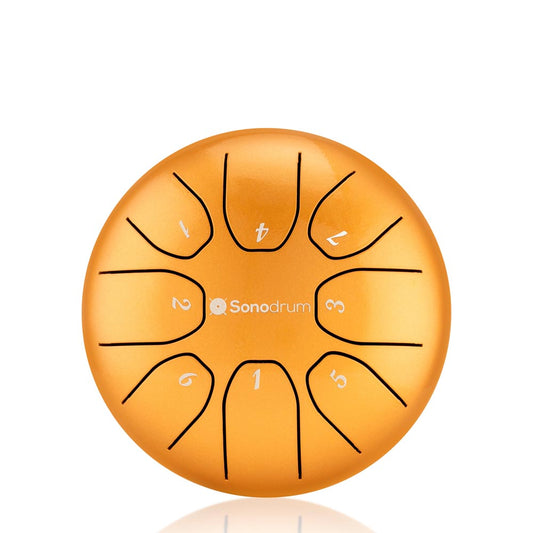The kalimba, also known as a thumb piano or Mbira, is a mesmerizing African instrument renowned for its enchanting and melodic sound. While traditional sheet music exists for the kalimba, many players find kalimba tabs a more accessible and intuitive way to learn and play songs. In this guide, we will explore how to read kalimba tabs, making it easier for you to unlock the world of melodic music this enchanting instrument offers.
Understanding kalimba Tabs
kalimba tabs, also known as kalimba notation or tablature, are a simplified way of representing music specifically for the kalimba. Instead of using traditional sheet music notation, which can be complex for beginners, kalimba tabs use a visual representation of the kalimba itself, making it easier to understand which tines (metal keys) to play.
Basic Elements of kalimba Tabs
Before diving into reading kalimba tabs, it's important to familiarize yourself with the basic elements you'll encounter:
-
Numbers: Numbers are used to represent the tines on your kalimba. They are typically placed on top of a line, indicating which tine to play. Lower numbers represent tines on the left side of the kalimba, and higher numbers represent tines on the right side.
-
Lines: Lines represent the duration of each note. Longer lines indicate longer notes, while shorter lines represent shorter notes. A series of numbers and lines together form a sequence of notes to play.
-
Arrows: Sometimes, you'll see arrows pointing up or down next to a number. These arrows indicate whether you should pluck the tine with your right thumb (upward arrow) or left thumb (downward arrow).
Reading kalimba Tabs
Now, let's learn how to read kalimba tabs step by step:
Step 1: Understand the kalimba Layout
To read kalimba tabs effectively, it's essential to be familiar with your kalimba's layout. Know the numbers corresponding to each tine and how they are arranged from left to right.
Step 2: Identify the Notes
Look at the sequence of numbers and lines in the kalimba tab. Each number corresponds to a specific tine, and the lines represent the duration of each note.
Step 3: Play the Notes
Starting from the left and moving to the right, use your thumbs to pluck the tines as indicated by the numbers. Pay attention to the direction arrows if they are present.
Step 4: Timing and Rhythm
The length of the lines in the tab indicates the duration of each note. Practice keeping a steady rhythm as you play through the tab.
Step 5: Repeat and Refine
Repeat the sequence of notes as many times as needed to become comfortable with the melody. Gradually increase your speed as you gain confidence.
Tips for Reading kalimba Tabs
-
Start with simple songs: Begin with songs that have uncomplicated kalimba tabs to build your skills gradually.
-
Visualize the kalimba: Imagine your kalimba while reading the tabs to help you identify the tines more easily.
-
Practice regularly: Like any musical skill, reading kalimba tabs improves with practice. Dedicate time to play your kalimba regularly.
-
Experiment and create: Once you're comfortable with reading kalimba tabs, don't hesitate to experiment and create your melodies and arrangements.
Conclusion
Reading kalimba tabs is an accessible and enjoyable way to explore the captivating world of this enchanting instrument. With a bit of practice and a willingness to learn, you'll soon be able to play your favorite songs and create your melodic masterpieces on the kalimba. So, grab your kalimba, find some tabs, and let your melodic journey begin!




